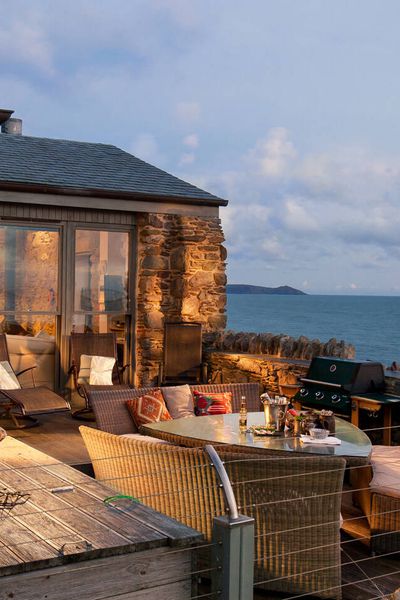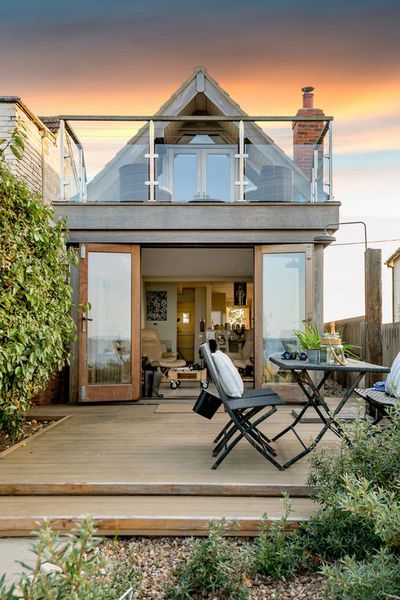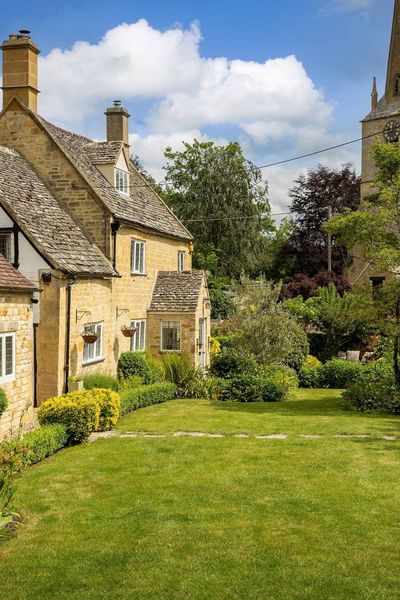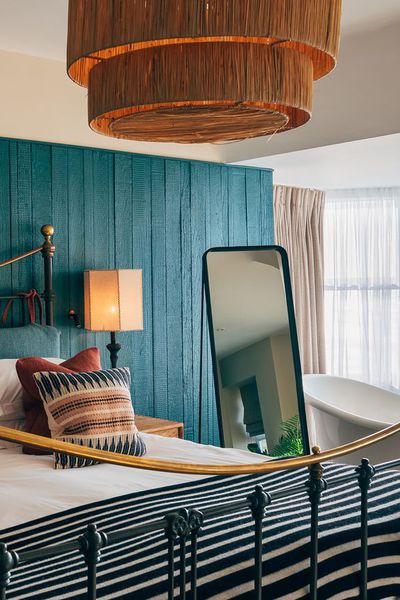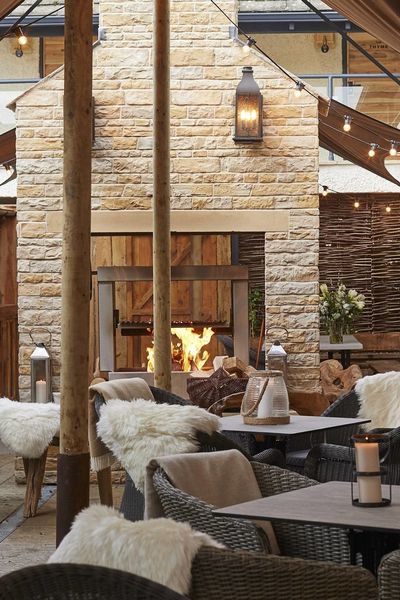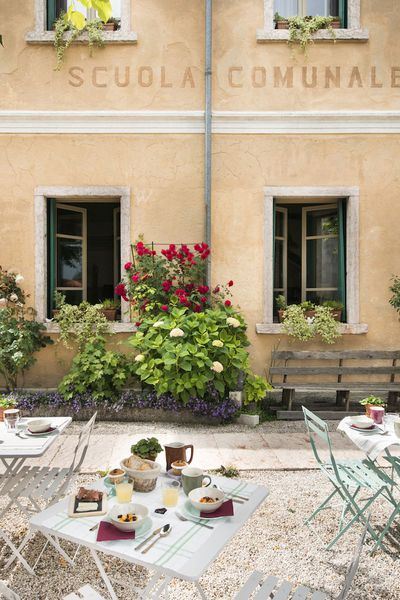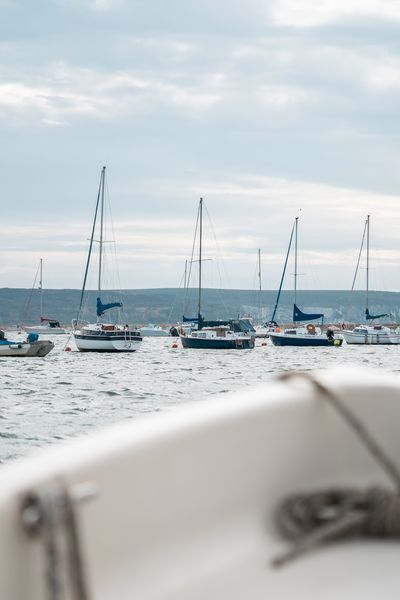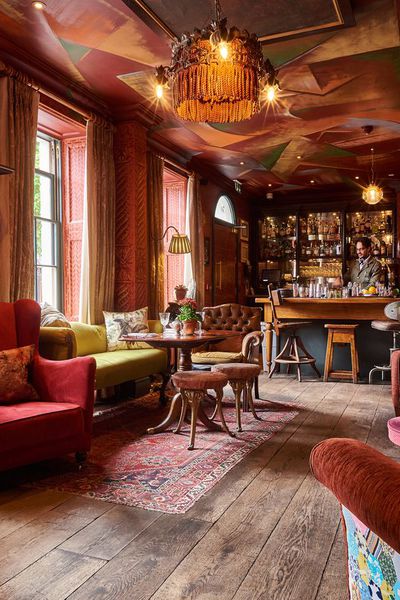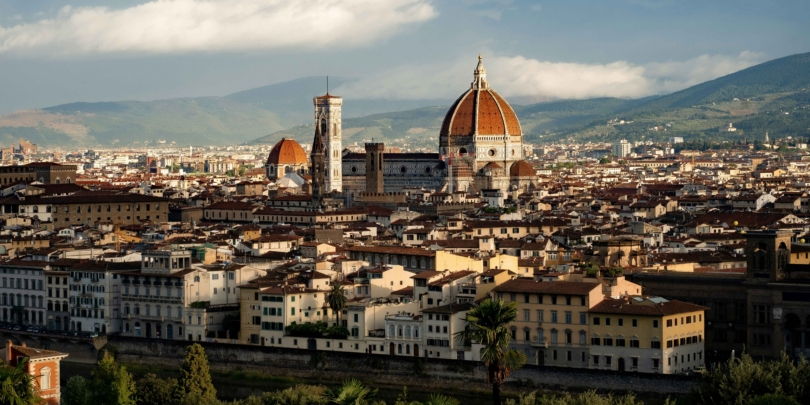
Seven days in Sicily: One volcano, two kids, no phones
Guest Expert
5 min read
Seeking April sunshine we packed our bags for Sicily and rashly told our two tweenage kids it was going to be a device free break. Looking around the plane, I saw everyone from the youngest to the oldest plugged in but we were half way up Mount Etna — a real live, smoking volcano — by lunchtime, which blew all our minds. Any talk of how utterly unfair we were melted away.
Day 1: Catania & Mount Etna
Arriving on the early flight into Catania made for a smooth landing and gave us an entire day to pack stuff in before heading to the coast of Cefalù and our agriturismo. Picking up a hire car, pockmarked with dings, scrapes and dents (a hint about what it’s like to drive here but at least you don’t need to fret about damaging a pristine car), we wound our way out of the city. At 3326m, Etna is Italy’s highest mountain south of the Alps and the largest active volcano in Europe. It’s in a constant state of activity and frequently erupts from its summit craters which means it can occasionally be closed to visitors.
Etna’s brooding presence dominates the landscape of eastern Sicily and like every mighty mountain, after each twist and turn you imagine you’re about to arrive, only you don’t – it’s over an hour from the city centre airport. The mountain’s blackened topography is punctuated by bursts of purple wisteria growing wild along the roadside, clusters of houses and big groups of picnicking locals. We remember it’s Easter Monday.
We arrived at Rifugio Sapienza base camp to a hive of activity where there are a clutch of tourist knick knack shops, quad bikes for hire and the Funivia dell’Etna cable car, ready to lift you up to 1920m. To go any higher, you’ll need a guide. On the day we arrive, there’s a bit of a wind so the cable cars are closed. Our options are to take the bus or climb on foot from where we are. We opt for a self-guided hike, scrambling over the dark-grey/blackish basalt formed as the volcanic lava flows cool. It feels totally alien especially as it’s overcast and hazy. On a clear day, the views must be spectacular.
View our special places to stay in Catania >


Day 2: Cefalù
After a night in our agriturismo, a typical family-run farmstay producing olive oil, we wake ready to explore the coastal city of Cefalù. Its crescent-shaped beach on the Tyrrhenian Coast is a showstopper framed by the sort of medieval town that inspires stories. We wander through slender streets where tall buildings jostle for space, happen upon squares designed for espresso drinking and people-watching and gaze in awe at the Duomo di Cefalù, an Arab-Norman architectural masterpiece. Inside, the cathedral is cool and calm with 16 interior columns decorated with Roman capitals.
After a bit of culture, it’s time to eat pizza in a local trattoria tucked in the old town, slurp the biggest gelatos and wander down to the beach. The kids are straight in the sea and mucking about in the sand while we get to stretch out and enjoy the sunshine on our faces. We get lucky with the weather, every day is warm enough for shorts, t-shirts and a swim before throwing a jumper or jacket on in the evenings.


Day 3: Madonie Regional Natural Park
Next on our list, it’s the Madonie Regional Natural Park. Home to six impressive mountains standing proud over a biodiverse 35,000 hectare reserve, it was recognised in 2015 as a UNESCO World Heritage Site. Its tall limestone peaks, richly forested slopes and flower-filled uplands are a haven for birds and animals including wild boar and fallow deer. Punctuated by terrifying hairpin bends, dotted with sleepy hilltop towns and blanketed by shrubby Mediterranean trees, it feels remote and untamed.
According to legend, the Madonie mountains were where Hades abducted Persephone into the underworld, but the Goddess of Spring has clearly returned to earth for our visit — it’s gloriously green and dappled in warm sunshine. The conditions are perfect for hiking and cycling so we convince the tweens to put one foot in front of the other on a gentle hike which takes us to Halaesa, a Greek and Roman city founded at the end of the fifth century B.C. and since buried by time. Archaeologists have recently unearthed a Greco-Roman theatre, a Greek amphitheatre and built a tiny museum in its honour.
Under the radar — we were the only visitors and outnumbered by the museum staff — compared to many of Sicily’s best preserved Greek temples, Halaesa only revealed its secrets in 2018. Researchers have since put together the story of this ancient city, strategically built beside a river flowing towards the Tyrrhenian Sea. It was once a huge and important settlement, fortified by massive city walls, strong stone buildings and temples filled with statues of deities. Why it fell into ruin remains a mystery.


Receive our guides, destination ideas and insider travel tips straight to your inbox
Sign up >Day 4: Castelbuono & Fiumara d’Arte trail
After a quick morning dip in the turquoise waters at Spiaggia di Mazzaforno, a few kilometres east from Cefalù, we decide to motor back towards the mountains, following an arts trail that delivered us to Castelbuono, a charming hilltop town crowned by the impressive castle that gives the town its name.
The Fiumara d’Arte trail is an open air art gallery consisting of 12 contemporary art installations on a grand scale and placed along a 50km route following the curves of the Tusa river. Conceived in 1982 by Antonio Presti who commissioned the first work in honour of his father, between 1989 and 2020 a further eleven sculptures were created and installed. We didn’t tick all 12 off the list but were impressed by the 38º Parallelo or La Piramide, a dramatic clifftop steel pyramid, and a Window on the Sea, an 18 metre high reinforced concrete frame gazing out to sea.
By now we were in need of refreshments so we made our way to Castelbuono, a perfectly romantic hilltop town with a maze of cobbled streets, ancient churches and shaded piazzas where cats snooze, all watched over by the mountains. In the main square, we stopped for espresso and sweet treats. The local staples are brioche buns overflowing with gelato and cannoli, deep-fried cylindrical pastry shells filled with sweetened whipped ricotta.


Day 5 & 6: Palermo
Saying goodbye to our homely agriturismo and sleepy coastline, we get back on the road and plunge into Palermo, Sicily’s pulsing capital. It’s teeming with cars and scooters driving at 100 miles an hour and tooting mercilessly so we’re relieved to find our apartment and park up. This is a city that needs to be explored on foot.
Second only to Rome, this compact city, laid out over four quarters, has an inspiring centro storico — an eclectic fusion of art and architecture with streets filled with Spanish palazzi and Renaissance churches, and strong Arabic, Norman and Baroque influences running throughout. There are pockets of green squares and fine dining restaurants rubbing up against shabby buildings and rough and ready bars giving it a feisty Mediterranean vibe.
We balanced out hunting for a Caravaggio in the extravagantly decorated Oratorio di San Lorenzo with a puppet museum trip, a wander through the Botanical Gardens and a browse around a lively flea market.
Art
We discovered the Caravaggio is in fact a facsimile after the original was stolen in an audacious late night raid over 50 years ago. Believed to have been taken by the mafia and kept in a shed with livestock, hopes of it being found intact are slim. From here we continued to the Piazza Pretoria, an impressive 16th-century Florentine fountain circled by gleaming-white nude figures beside the Palazzo Pretorio in the shadow of Santa Caterina.
Museums
Sicily’s vibrant traditional entertainment is the puppet theatre and the museum in Palermo houses thousands of figures from all over the world. Many are heritage masterpieces, from Vietnamese water puppets to Rajasthani marionettes and creepy Punch and Judy dolls. Alongside the figures are ingenious sets, scenery and posters. After pounding the streets, this was perfect for a diverting hour or so.


Gardens
Attached to the university, The Botanical Garden of Palermo is an important centre for scientific research and environmental conservation and a delightfully serene space when you need refuge from the hustle and bustle of the fast-paced city. Filled with ancient trees, lush Mediterranean plants, vast glasshouses, lakes and ponds, it has plenty of peaceful places to sit and we all enjoyed a relaxed visit.
Shopping
From tiny boutiques full of touristy trinkets to a huge Sunday morning flea market taking over Piazza Marina, there’s plenty here to excite shoppers. Armed with their Euros, the tweens dived straight into the market to barter with the stall holders — haggling is a requirement at markets in Sicily. Stalls overflow with antiques and old cameras, art and literature, piles of old comics, furniture and lamps, records and tapes, and much more!
Eating
Palermo has a fantastic street food scene and we worked our way around quite a few stalls, munching on the prettiest pastries, arancini stuffed with a variety of tasty ingredients, panino con le panelle (tomato sandwiches) and sfincione (Sicilian pizza). We also treated ourselves to a Michelin recommended fine dining experience at L’ottava nota restaurant, for a delicious contemporary take on traditional dishes.
View our special places to stay in Palermo >


Day 7: Taormina
In order to make our early flight back home, we decided to spend our last night in the chic seaside resort of Taormina on the east coast. Our guest house was tucked into the craggy hills offering majestic views over Mount Etna, plumes of smoke curling from her snowcapped summit. We strolled into town for a meal and a spritz to toast what everyone agreed was a fantastic family holiday — even without an iPhone!
Browse our handpicked collection of places to stay in Sicily and start planning your trip. We’re dreaming about our next one already!
Share this article:
You might also like
48 hours in Florence

Annabelle Thorpe
5 min read
Beyond Florence: Tuscany’s undiscovered towns

Annabelle Thorpe
5 min read
From farm to Nonna’s table: The Pasta Grannies’ guide to Emilia-Romagna

Vicky Bennison
8 min read
